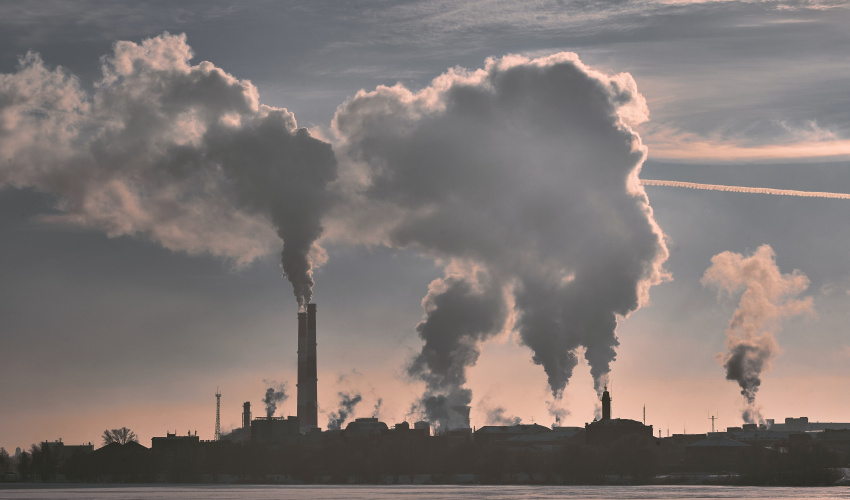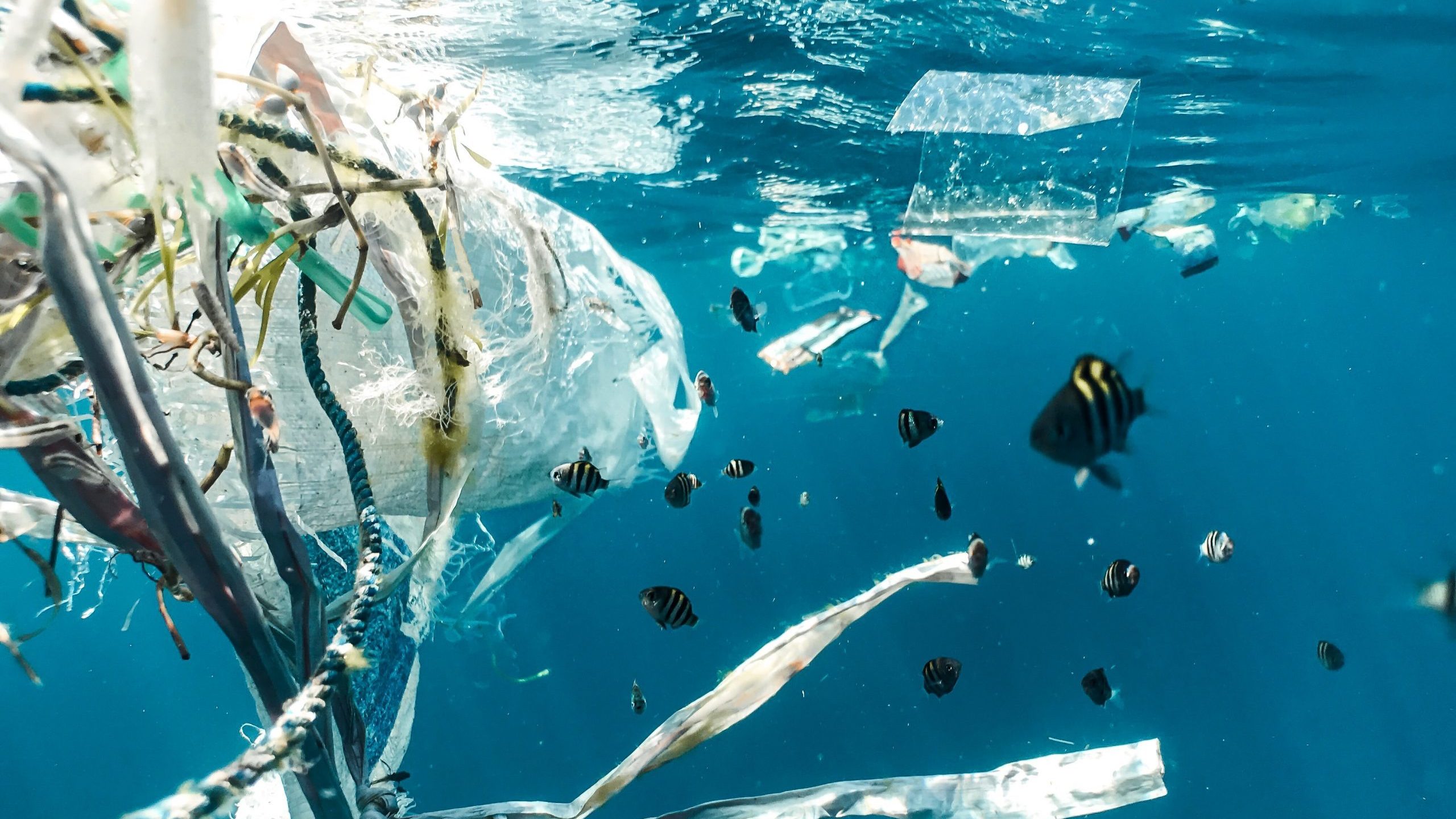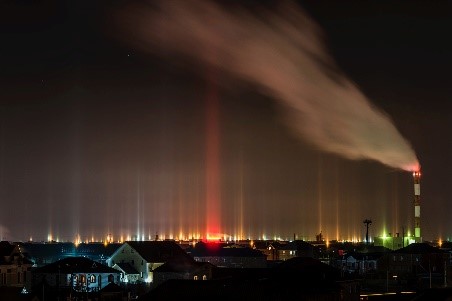SDL M3 - Activities
 Sustainability Literacy
Sustainability Literacy
_____________________________________________________________________________________
One of the statements dealing
with the UN SDGs says that: „One of the major mechanisms
to enact lasting and impactful change toward achieving UN Sustainability Development
Goals is educating future teachers in sustainability literacy. To do so, we should
make a course for primary school teachers. The goal of the course should be to develop
sustainability literacy among primary school teachers by providing engaging content knowledge and enabling them to employ these concepts in their future classrooms. SDL education
should begin at the earliest age. It is conducted through non-formal and formal
education where universities have a key place. Education should give a new vision,
skills, and knowledge to future educators and their students. It is necessary to
make clear what is ’sustainability’ and ’sustainable development in everyday life
and in professional life.“
That is the reason why in this
Unit you will be observing the connection between environment, society, and economy.
You will watch video material explaining basic physical, social, and psychological
human needs and identifying how these needs are currently addressed in their own
physical urban/rural settlements. After that, you will have to answer some quiz
questions. The next activity will be addressing the basics of sustainable planning and building.
Also, you will learn how to decouple economic growth from natural hazards and natural
degradation.
Please read the section from the scientific paper in front of you N-RS"> (Connelly, S. (2007). Mapping Sustainable Development as a Contested Concept. Local Environment,12(3), 259-278.
https://www.ftf.lth.se/fileadmin/ftf/Course_pages/Faff15/Filer/Connelly_2007.pdf
Look carefully at Figures no. 1 and 2.
„Probably the most prevalent and influential way of representing and introducing the concept of sustainable development has been through the image of three overlapping circles, separately representing concerns connected with the economy, society, and the environment. Sustainable development lies in the three-fold overlap at the center, where it integrates the three areas of concern. This representation, which appears to have been developed by the International Centre for Local Environmental Initiatives in the early to mid-1990s (ICLEI, 1996), has been both fertile and long-lived. It has been reproduced in its original form and close variants in many policies and educational documents across the globe over the past ten years, particularly though not exclusively in connection with Local Agenda 21. (A quick internet search yields many instances, of which a fairly typical selection is presented in Figure 2 alongside the ICLEI original.) Without the figure, the simple spatial metaphor has become part of the taken-for-granted language of sustainable development, exemplified for example by Beauregard’s definition: ‘sustainability is situated at the intersection of environmental protection, economic growth, and social justice (2003, 72).
The original figure has spawned further variations, of which a particularly suggestive example is Campbell’s early space-within-a-triangle figure—the ‘planner’s triangle’ (Campbell, 1996) (see Figure 3). Here the three corners of the triangle are given individual meanings as possible standpoints for planners to adopt. The edges, ‘axes’, between these represent conflicts between the positions, and sustainable development is placed in the center as the potential, elusive reconciliation towards which planners can strive—unreachable in any complete and final way yet ever-present as a guiding pole in relation to which planners can orient themselves. The image of the three circles and the metaphor it captures are powerful, their longevity testifying to their attractiveness as a way to communicate what is special and (once) new about sustainable development (Myerson & Rydin, 1996). They neatly capture the difference between sustainable development and the previously separate concerns of policy and politics, suggesting not only the holistic scope of the concept but also its characteristic claim to integration—it is an easy step from the overlapping circles to claims of possible ‘win-win–win’ policies (see, for example, Pinfield, 1996). The boundary they mark out between sustainable development and the separate concerns is well defined, setting it apart as essentially different. Within the boundary, the concept is internally undifferentiated, communicating the sense that ‘sustainable development is a unitary, unambiguous concept or goal. This gives the image its rhetorical power and usefulness as a presentation of the ‘first order’ of the meaning of the concept—the level over which agreement is easy (Jacobs, 1999b).“
-
Explain how you understood the win-win-win policy.
-
What does the SD represent according to Figure 1?
-
Look at Figure 8 on page 273 of the same article and read the following sentences:
„Officer A: the extension of the initiative [into tackling social and economic issues] can’t be allowed to happen. … I firmly believe in the LA21 process that we have, which still has at the heart the response to the global environmental crisis; contrasted with Officer B: developing sustainable communities is the goal—the process is more important [than the environmental end result of the project]— a capacity building so that people can go on to do other things; and Officer C: there was an understanding of LA21 here as being strictly an environmental thing and it was quite an effort on our part to get into the indicators a number of the more social type indicators, like disabled access, the unemployment one … People were saying ‘no we shouldn’t be doing that, it’s not sustainable development.“
Activity 1
Explain the role of each individual and make a conclusion about the connection between SD (environment), economy and society
In relation to the above points, we suggest you watch the video and do the following tasks. The given data are only examples for organizing the activities of your pupils/students.
Please, watch an introductory video
Title: Our Environment is Our Life [Video] (2.5 min)
Sadhguru. (13 October 2022). Our environment is our life. YouTube. Creative Commons Attribution license (reuse allowed)
You will have to:
a. write a motto or choose another title for the video;
b. list your associations related to the topic of the video;
c. extract the key points from the video and write several keywords.
Activity 2
Make the connection between human activities, economy, society, and nature:
a.
- preserving the planet and its resources for generations to come
- the connection between nature and man
- developing awareness of the needs of all living beings (plants, animals, people) and their mutual connectivity
- the quality of life depends on the elements that surround us
- a mutual exchange of man and nature
b.
- healthy life
- healthy environment
- safe food, air, and water
- conservation of natural resources
c.
Healthy Environment = Our Life
Activity 3
Please, watch the Introductory video
Title: Microplastics are polluting the environment [Video] (5 min)
RootEd Education. (13 October 2022). Microplastics are polluting the environment. YouTube. Creative Commons Attribution license (reuse allowed)
After this, submit a short answer to questions in a short quiz.
Task 2.
Think of the keywords that will help you find useful information on how to answer a question about human needs. How would you address the human needs in your own physical urban or rural settlement? Compile a list of problems (related to environmental protection) from your immediate surroundings. Please, complete a test connected with broader, synonym, and narrower terms and keywords regarding the connection between economy, ecology, and human society.
Activity 1: Please, define in a few
words the keywords regarding the terms: Responsible consumption, Recycling, and
Pollution.
Please, fill in the answers for the quiz named „Responsible consumption“.
Activity 2: Determine the type of pollution in the picture and mark the correct answer.
Picture 1.

a)
soilpollution
b) airpollution
c) lightpollution
Picture 2.

a) watherpollution
b) airpollution
c) lightpollution
Picture 3.

a) watherpollution
b) noisepollution
c) lightpollution
